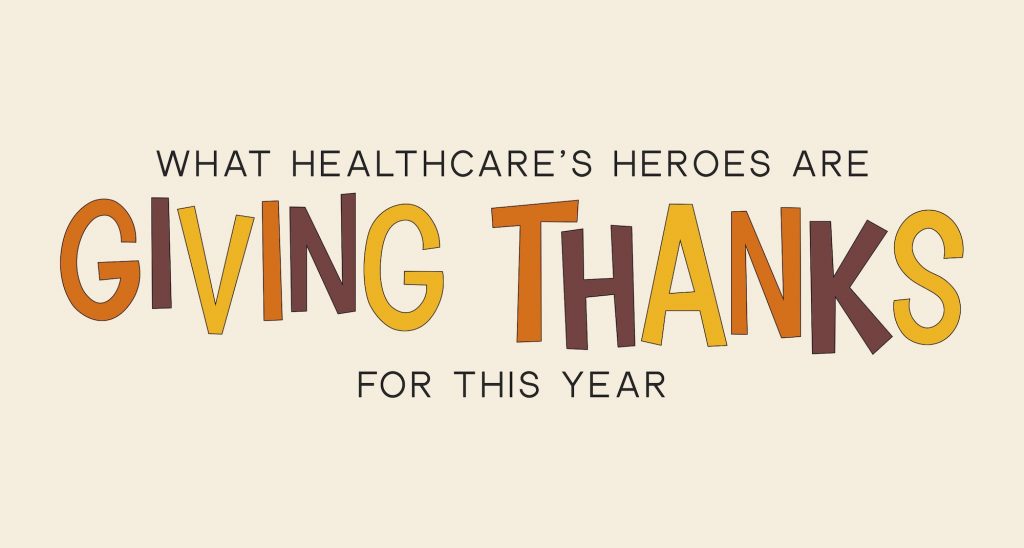Healthcare
CategoryWhat Healthcare’s Heroes Are Giving Thanks for This Year
“What are you thankful for?” we asked, and you answered. Here’s what healthcare professionals are most thankful for in this year like no other.
Healthcare’s Spookiest Jobs
From those who draw blood with the ease of a vampire, to those who stalk the halls of hospitals in the dark of night, healthcare is full of spooky jobs.
3 States with the Most Demand for Healthcare Professionals
The healthcare industry added more than a quarter million jobs during July, August, and September. Where is demand the greatest?
How Healthcare Workers with Children Are Coping During the Pandemic
Parenting is hard. Parenting as a healthcare worker during a pandemic is even harder. These 7 strategies can help your family cope with coronavirus.
6 Ways Healthcare Is Adapting to Handle Future Crises
From relying less on federal leadership to making government funding more flexible, discover what the healthcare world might look like post-coronavirus.
How to Cope When You Hate Your Job
Working in healthcare is just plain hard. So, how do you cope if and when your passion for it seems gone? Here are some things to try.
10 Healthcare Roles Top Riskiest List
In what may come as a surprise to very few, the top ten riskiest jobs in terms of possible COVID-19 exposure are patient-facing roles in healthcare.
Survey: How Do You Feel About COVID-19 Now?
Around the country, as more and more restrictions have been lifted, cases of COVID-19 are skyrocketing. How do you, as a healthcare professional, feel about COVID-19 now?
Mental Health of Healthcare Workers Has Tanked Amid Pandemic
The COVID-19 pandemic is clearly taking a toll on the mental health of our nation’s healthcare workers, according to the findings of our recent survey.
Survey: Mental Health on the Front Lines
May is Mental Health Awareness Month, as well as the fifth straight month those on the frontlines have been treating COVID-19. How are you doing? Tell us here.










